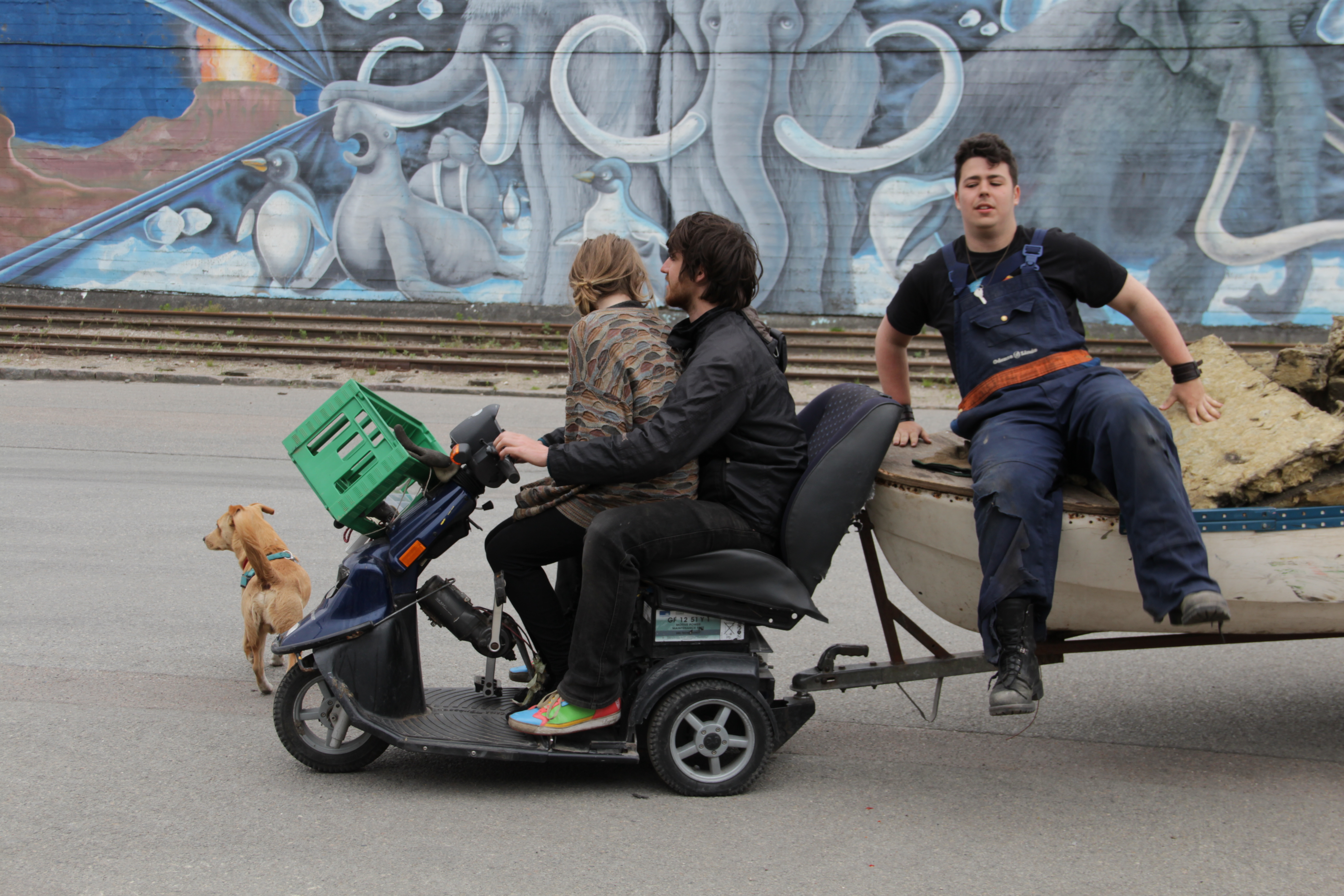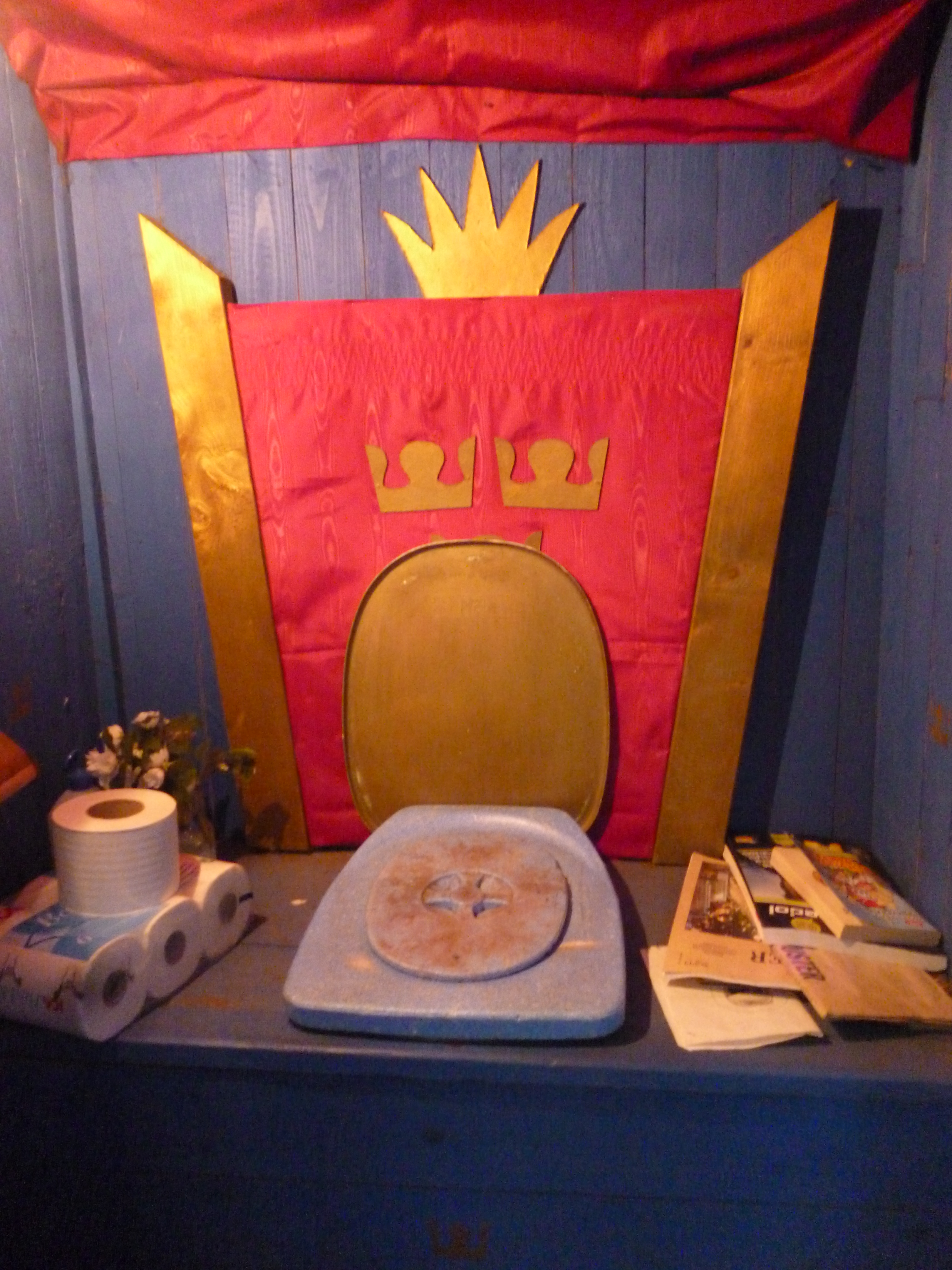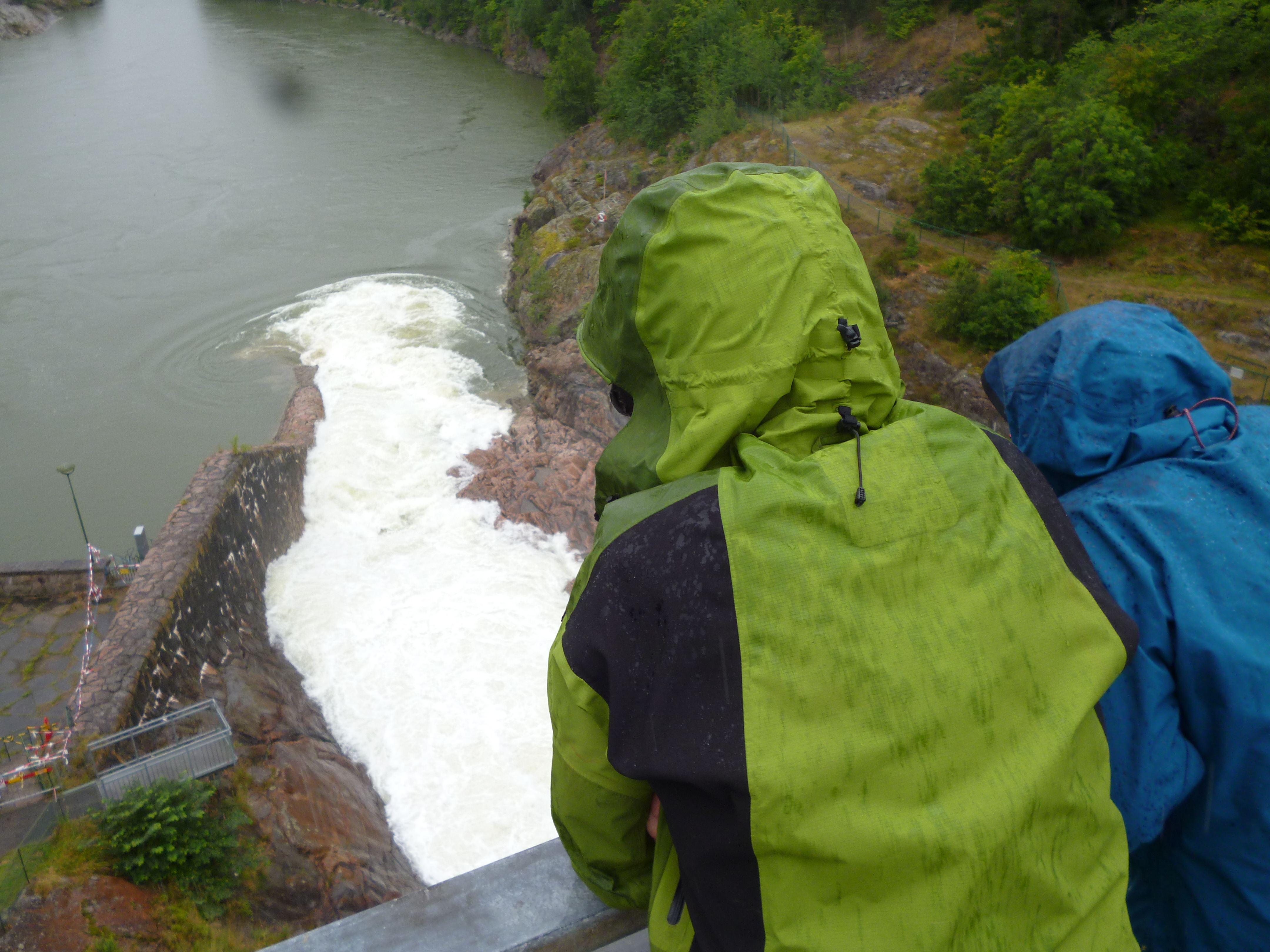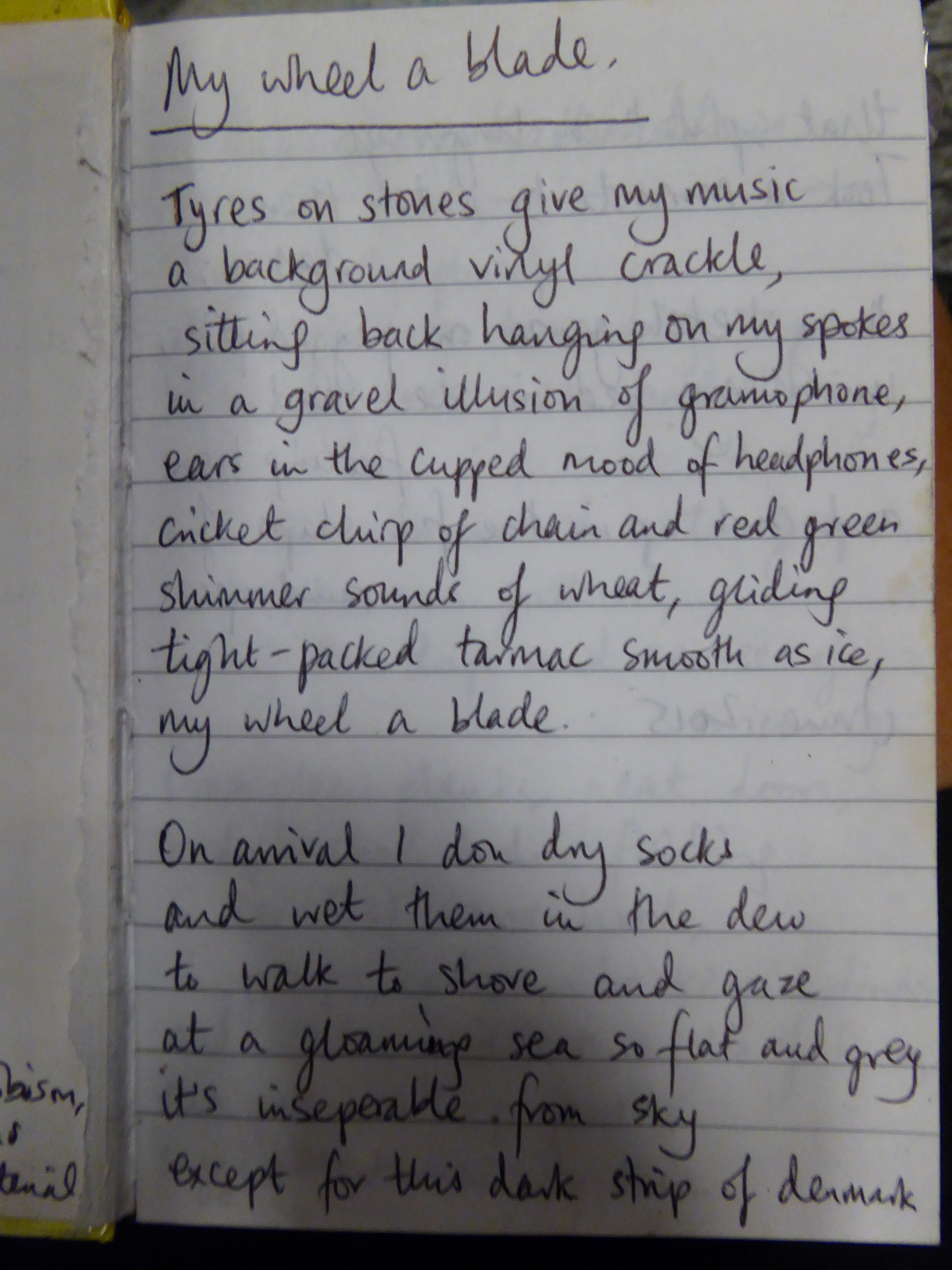Category: 2015
Alingsås transition initiative

The end of July is approaching, and the biketour 2015 has been on the road for about 6 weeks already! This weekend we have been staying at a private family farm near Alingsås, south-central Sweden (http://ostangsgard.se/) This family moved from a nearby town to the countryside 8 months ago, and bought a farm. Their farm is part of the transitive initiatives network (http://alingsås.omställning.net/) – a network of groups that are working to make communities more sustainable and resilient through self-organisation and learning. The local network here was formed in 2009 by 9 people, and have created a range of projects…
Biketour at Bossgården

After Jönköping, the Biketour stayed at Bossgården, a small farm on the country-side between Falköping and Tidaholm. One of the farm buildings was built in 1818 and still has a traditional reed roof, making the farm an official cultural heritage site. On the farm lives a small family with children, and some volunteers are around as well. There is a big vegetable garden that is being operated as a CSA (community-supported agriculture, where people pay a fixed rate to the farmer but get a varying amount of food depending how much grows). We stayed for two nights and helped with…
The magic waterfall of Trollhättan

Already before the tour I noticed a town called “Trollhättan” on the map. When I looked it up on Wikipedia to find out about what its name meant (it means Troll’s hat), I read the absurd story of the Trollhättan Falls. The city’s most iconic landmark and probably biggest tourist attraction are the Trollhättan Falls, a huge waterfall in the middle of the city where the river Göta, which goes from Sweden’s biggest and Europe’s third-biggest lake Vänern to Göteborg, falls 32 metres. Unfortunately, a big hydro-electric power station was built next to the waterfall in the 19th century, with…
Alingsås transition initiative

The end of July is approaching, and the biketour 2015 has been on the road for about 6 weeks already! This weekend we have been staying at a private family farm near Alingsås, south-central Sweden (http://ostangsgard.se/) This family moved from a nearby town to the countryside 8 months ago, and bought a farm. Their farm is part of the transitive initiatives network (http://alingsås.omställning.net/) – a network of groups that are working to make communities more sustainable and resilient through self-organisation and learning. The local network here was formed in 2009 by 9 people, and have created a range of projects…
Biketour at Bossgården

After Jönköping, the Biketour stayed at Bossgården, a small farm on the country-side between Falköping and Tidaholm. One of the farm buildings was built in 1818 and still has a traditional reed roof, making the farm an official cultural heritage site. On the farm lives a small family with children, and some volunteers are around as well. There is a big vegetable garden that is being operated as a CSA (community-supported agriculture, where people pay a fixed rate to the farmer but get a varying amount of food depending how much grows). We stayed for two nights and helped with…
The magic waterfall of Trollhättan

Already before the tour I noticed a town called “Trollhättan” on the map. When I looked it up on Wikipedia to find out about what its name meant (it means Troll’s hat), I read the absurd story of the Trollhättan Falls. The city’s most iconic landmark and probably biggest tourist attraction are the Trollhättan Falls, a huge waterfall in the middle of the city where the river Göta, which goes from Sweden’s biggest and Europe’s third-biggest lake Vänern to Göteborg, falls 32 metres. Unfortunately, a big hydro-electric power station was built next to the waterfall in the 19th century, with…






